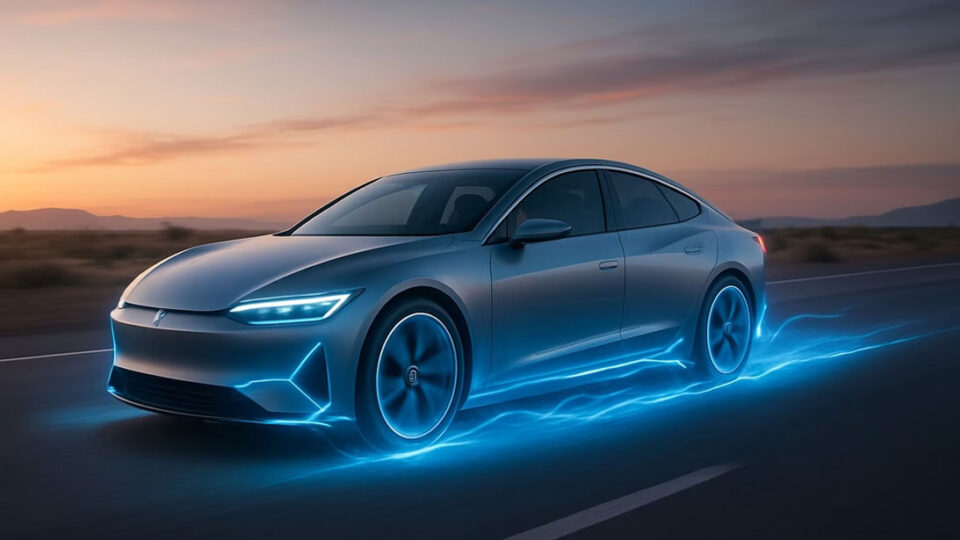Indian Physicist Develops Self-Charging EV Using Wind Energy While Driving
In a groundbreaking innovation, an Indian physicist has developed a prototype electric vehicle (EV) capable of recharging itself using wind energy—even while on the move. If successfully validated and scaled, this invention could address one of the biggest challenges facing EVs today: dependence on external charging infrastructure.
How the Self-Charging EV Works
The system, created by Er. Satyam Kumar Jha from Maharashtra, features a ducted intake system that captures airflow as the car moves. This airflow powers a compact internal turbine, which then converts kinetic energy into electricity to charge the vehicle’s battery in real-time.
According to Jha, the design functions effectively even at low speeds, such as 30 km/h, making it ideal for urban traffic conditions where vehicles often stop and go frequently.
“Our aim is to offer a sustainable energy solution that functions even in the busiest city environments,” said Jha.
A Family Effort with Real-World Potential
The technology was developed in collaboration with Preeti Jha, Satyam’s wife, and the couple is now seeking commercial partners to help fund further testing and development. They believe the system could prove particularly valuable in:
-
Densely populated urban areas
-
Remote regions with limited access to charging stations
-
Countries with developing energy infrastructure
ALSO READ
🔋 Master Group & Chery Auto To Bring Super Hybrids to Pakistan
🚕 Punjab Announces Launch Date for E-Taxi Scheme
Still in Early Stages
While the prototype has been successfully demonstrated, the innovation remains in the early stages of development. The system has not yet undergone peer-reviewed testing or large-scale field trials.
Experts have noted that in-motion wind turbines can potentially increase aerodynamic drag, which might offset the energy generated. However, Jha claims his design uses lightweight materials and has been optimized to minimize resistance, especially at low to moderate driving speeds.
The Road Ahead
If validated by independent experts and scaled for mass production, this technology could be a game-changer for electric mobility, offering greater range, lower charging costs, and more flexibility for drivers in all types of environments.
With sustainability and innovation at its core, this self-charging EV project could pave the way for next-generation green transportation—powered by the air we drive through.

